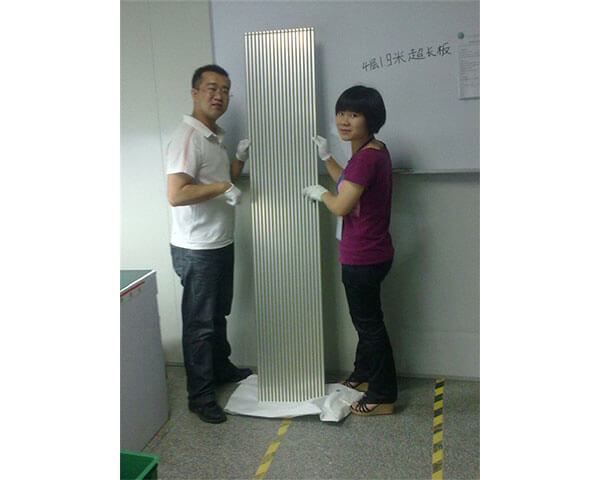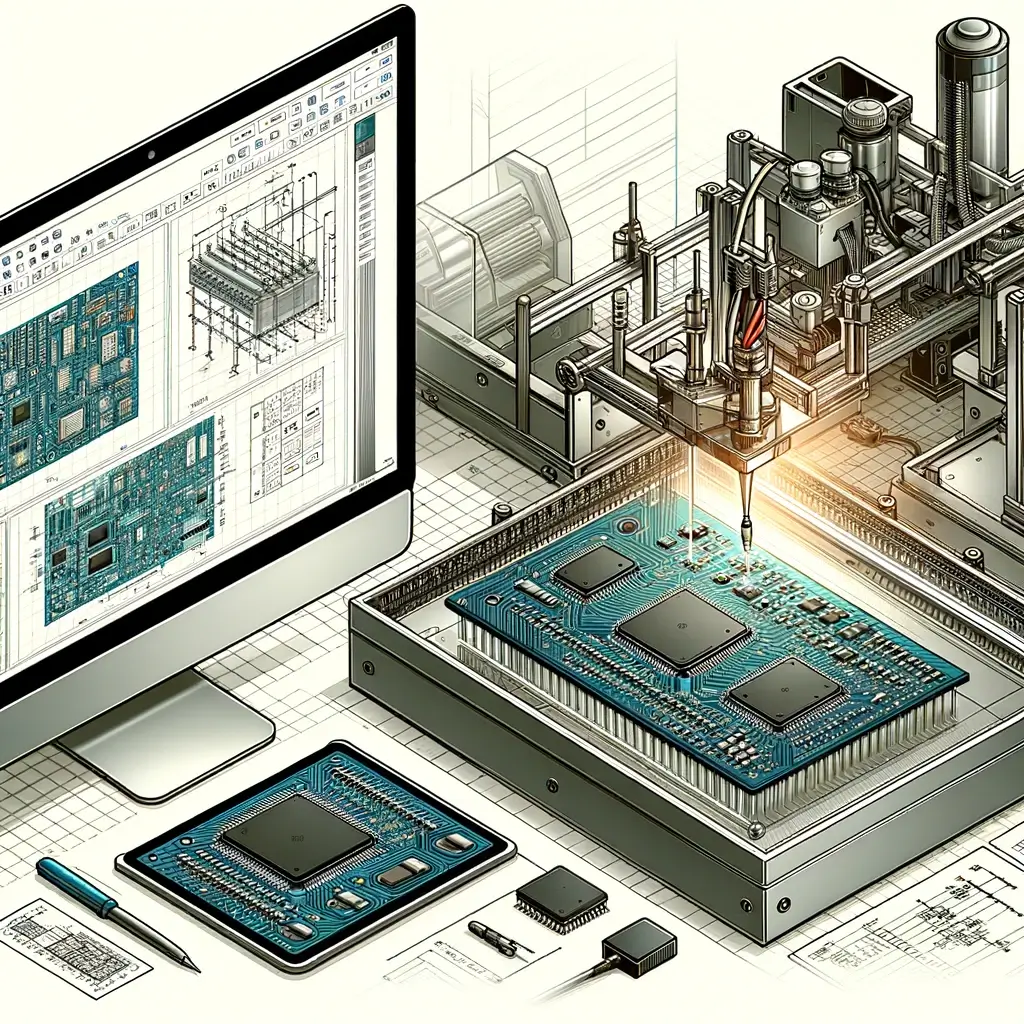When partnering with printed circuit board (PCB) manufacturers you tend to focus on the latest equipment for PCB assembly showcased by them. However, as a buyer, one should also check the other less exciting aspects of their manufacturing facility. It is important to educate yourself to see if the unnoticeable areas are keeping pace with the more visible features.
One such aspect to look for in a PCB manufacturer’s facility is humidity control. This is one area where the manufacturer has to take care of two different goals. On one hand, high humidity is required to mitigate the risk of electrostatic discharge damage to PCBs. On the other hand, low humidity aids in maximizing the durability of moisture sensitive electronic devices. These factors are becoming more important as the electronics industry is moving towards smaller SMT components that are sensitive to both ESD and moisture.
Dry heat can be hazardous to PCB assembly. Therefore, it’s imperative that the facility has a steady supply of fresh air along with comprehensive exhaust systems. And, this fresh air should be constantly humidified to maintain relative humidity above 30% as recommended by the IPC. This can be achieved by installing a humidity control system at the facility.
Things to Look For In a PCB Assembly and Manufacturing Facility
You must look for the following aspects in a PCB assembly and manufacturing facility:
First, see if they have a humidity control system. Warm, humid climates might not require a separate humidity system. If needed, an air conditioning system can take care of the relative humidity. But, in areas having dry summers or cold winters, it’s necessary to have a dedicated humidity control system.
If the system is displaying humidity below 30%, then either the system is set at too low temperature or it’s too small to meet the facility’s humidity requirement. Modern humidity control equipment comprise small, high-pressure misting systems that are small, quiet and energy-efficient,
If the relative humidity is maintained above 30%, you need to make sure that the MSDs are kept dry. Especially, smaller components and ball grid arrays (BGAs) require special handling. MSDs must be kept in dry storage when not in use, as they can be out of dry storage for limited hours before soldering.
Traditionally, MSDs were sealed in moisture barrier bags along with a moisture indicator card and a desiccant. Nowadays, dry cabinets are also becoming common, especially in “high mix” operations. The dry cabinets store MSD tubes and reels at 0.1% humidity, and provide more convenient access to frequently-used components.



